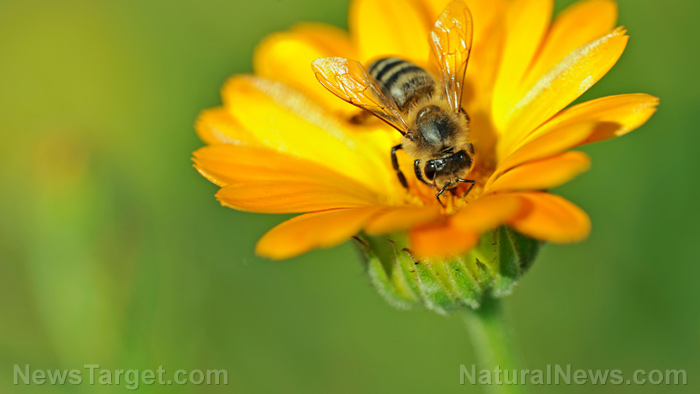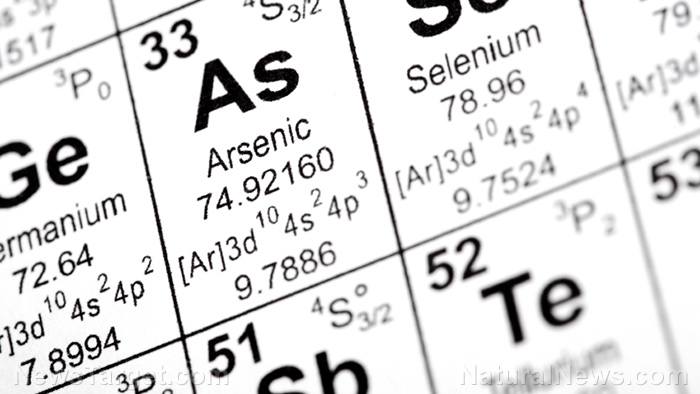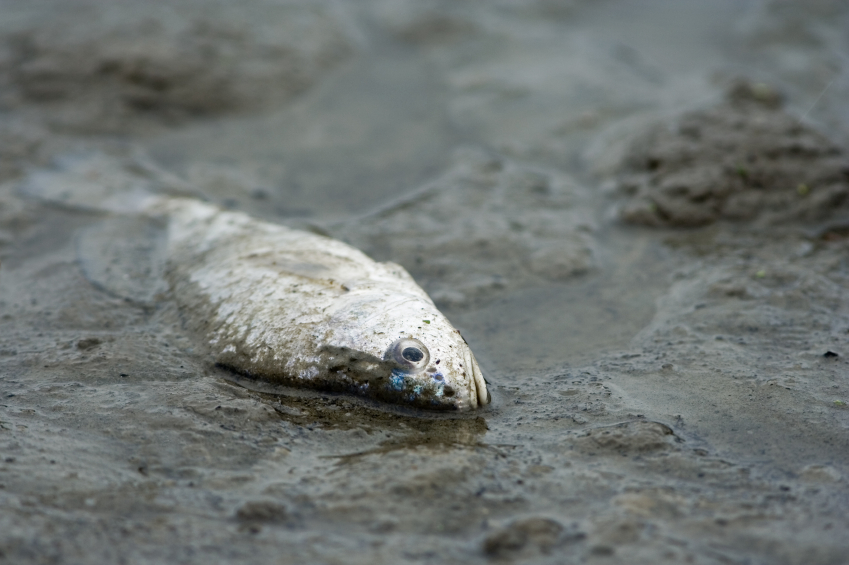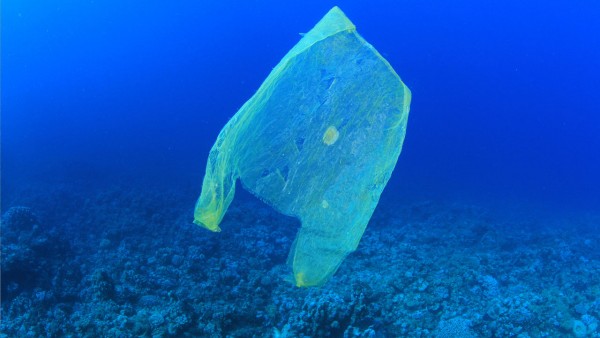Quinclorac – toxicity, side effects, diseases and environmental impacts
11/14/2017 / By Frances Bloomfield
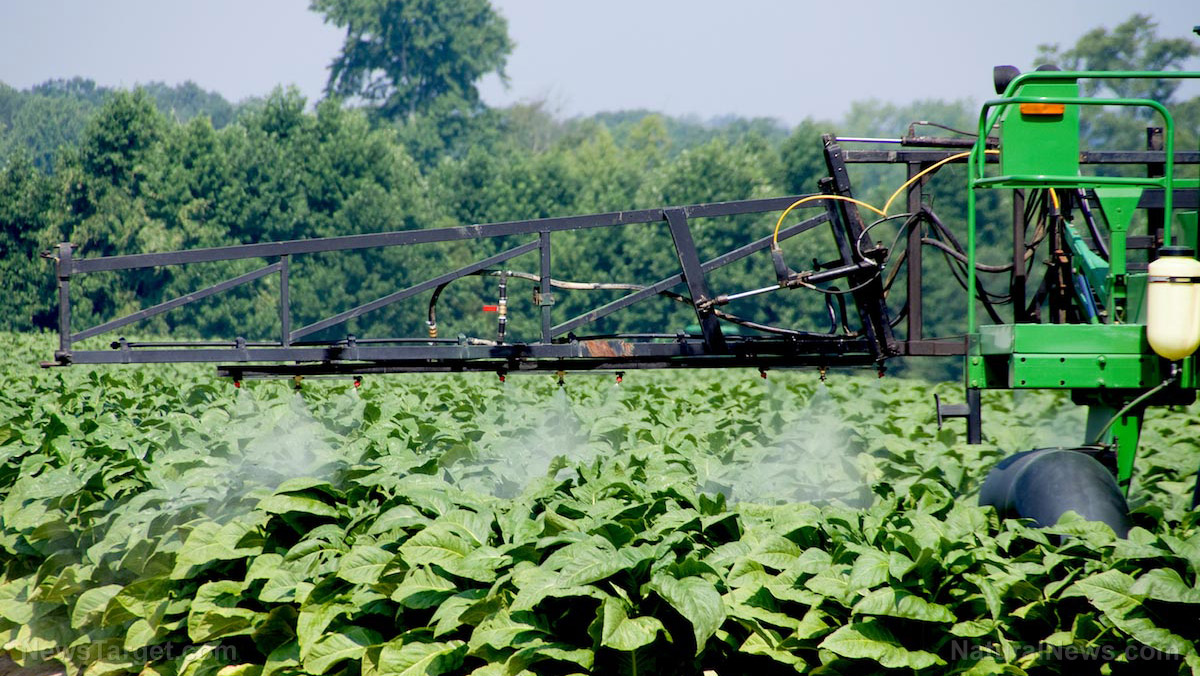
Quinclorac is a selective, post-emergence herbicide primarily utilized in the control of broadleaf weeds, rice crop weeds, and crabgrass. This synthetic chemical works by inhibiting cell wall synthesis in its target plants. Some people who use quinclorac improve its efficacy by combining it with other herbicides like pendimethalin and phenoxy herbicides.
Although quinclorac has been deemed relatively safe compared to other herbicides, the United States Environmental Protection Agency (EPA) has noted that quinclorac is a “slightly toxic” substance.

List of known side effects
According to a 2012 report by the EPA on quinclorac, this substance has a “low order of acute toxicity via the oral, dermal, and inhalation routes of exposure.” Chronic exposure to quinclorac has lead to various health problems among laboratory animals. As per the document, subchronic exposure caused laboratory rats to lose body weight and develop focal chronic interstitial nephritis, a kidney disorder wherein the spaces between the kidney tubules become inflamed. Higher doses of quinclorac resulted in greater incidences of pancreatic acinar cell hyperplasia and adenomas in laboratory rats.
Quinclorac becomes very dangerous when heated. Exposing this substance to high temperatures will lead to the emission of toxic vapors containing carbon monoxide, hydrochloric acid, and nitrogen oxides.
Body systems affected by quinclorac
Quinclorac is highly irritating, and has been known to act as an irritant of the digestive system, eyes, and respiratory tract.
Though the status of quinclorac as a skin irritant is debatable, what’s certain is that quinclorac is a skin sensitizer.
Furthermore, quinclorac is a possible kidney and liver toxicant.
Items that can contain quinclorac
As per the Pesticide Properties Database, the following products are known to contain quinclorac:
- Basagran Pi
- Pilarfast
- Facet-P
- Paramount
In addition, these manufacturers and suppliers have used or continue to use quinclorac in a number of their products:
- BASF
- FCC
- NuFarm
How to avoid quinclorac
Those who are involved in the agricultural industry can greatly minimize quinclorac exposure by not purchasing any herbicides that contain it (such as those listed above).
As for individuals who work in facilities that manufacture and supply quinclorac, there are many steps they can take to reduce the risk of quinclorac inhalation, ingestion, and exposure, primarily:
- Wearing the appropriate personal protective equipment. Long-sleeved shirts and long pants, chemical-resistant and waterproof gloves, and shoes with socks. Thoroughly wash these items after handling quinclorac, and avoid bringing these home to prevent contamination.
- Avoid eating, drinking, or smoking when in close proximity with quinclorac. Be sure to carefully wash the hands after handling this substance and prior to eating, drinking, smoking, or using the toilet.
- Do not store quinclorac in damp or high-humidity areas.
- In the event that quinclorac needs to be disposed of, ensure that any remaining wastes and residue are properly disposed of on-site or at the nearest approved disposal facility.
Where to learn more
Summary
The frequency, length of exposure, and dosage of quinclorac will determine how harmful it will become. For example, chronic exposure to high quinclorac doses have been linked to the formation of adenomas, or benign glandular tissue tumors, in laboratory rats.
Quinclorac is an irritating and potentially toxic chemical. In particular, it’s stated to be an ocular, respiratory, and digestive irritant, while also being possibly toxic to the kidney and liver.
Its status as a skin irritant has not yet been agreed upon, though quinclorac is said to cause skin sensitization.
Combining quinclorac with high temperatures will cause it to emit toxic fumes with carbon monoxide, hydrochloric acid, and nitrogen oxides.
Sources include:
PlantScience.PSU.edu
PesticideInfo.org
FederalRegister.gov
RayFull.com
Sitem.Herts.AC.uk
PubChem.NCBI.NLM.NIH.gov
EPA.gov
Tagged Under: Quinclorac





